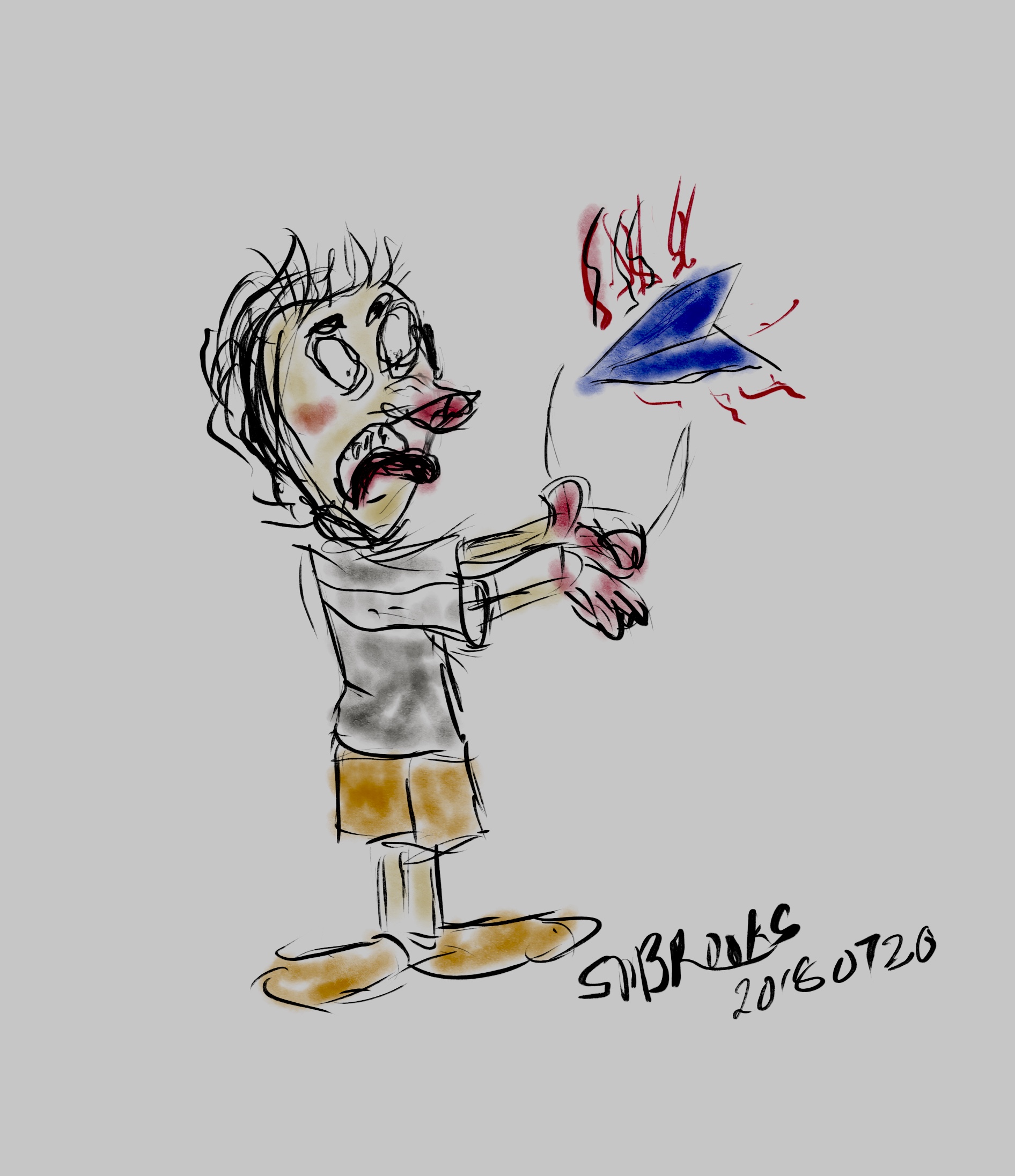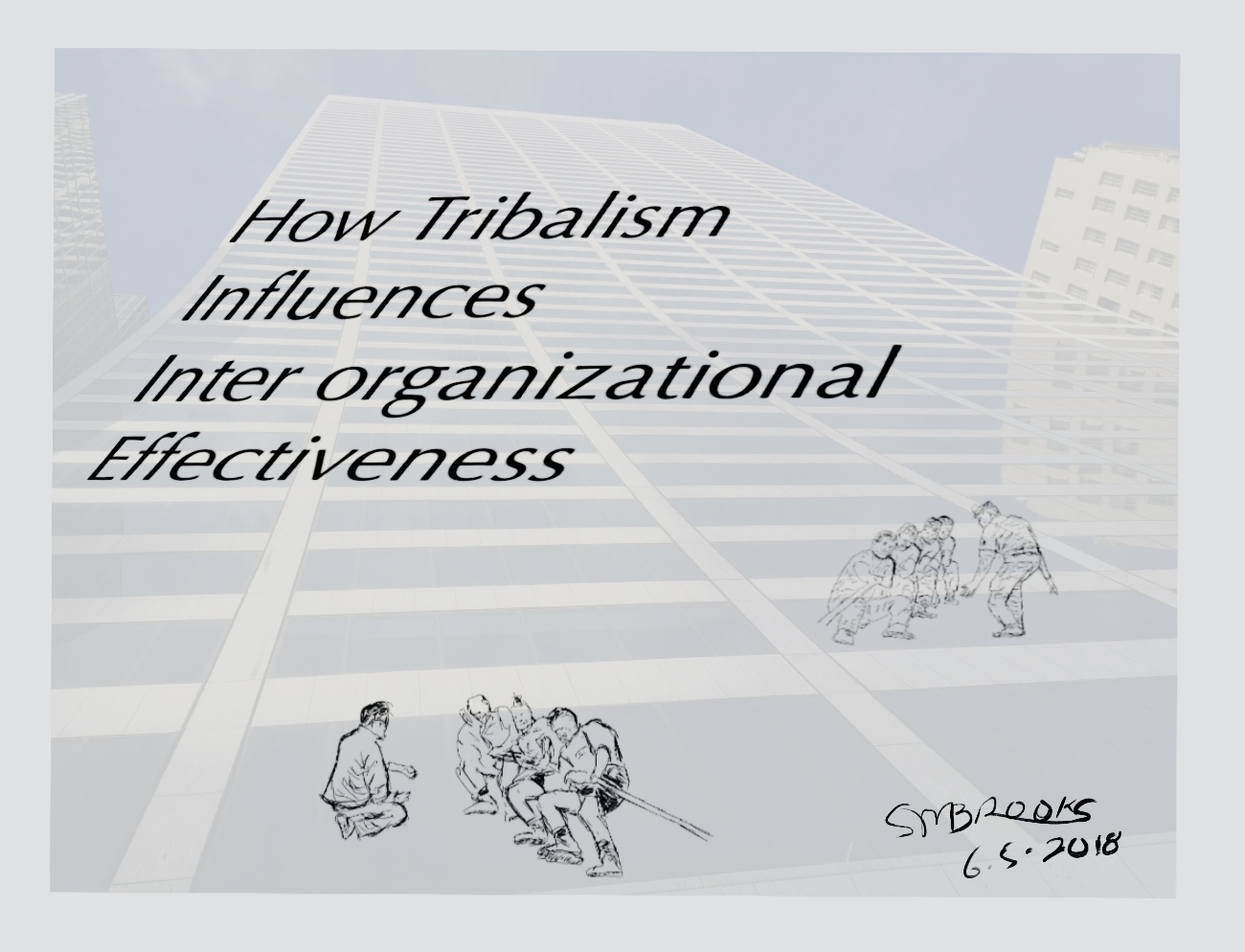
By Sedona Kia
Hi, I am Sedona Kia and I would like to share a story with you. I have several ways of communicating, but I am unable to write. So I have solicited the help of my friend Dr. Brooks to help me tell my story.
First, let me tell you a bit about myself. I am a foreign-born, a product of South Korea. That is correct. Same South Korea separated from our relatives in the North by the Demilitarized Zone (DMZ). I am a big girl, not too shapely, have some nice features, a nice grill, and lots of junk in the trunk. I am gray (better known as a mulatto) and have a few miles on me. Overall, not a bad ride.
Today, while on a trip, I briefly stopped at a four-way intersection. I could not help but notice that all ten cars stopped with me going in the same direction had foreign ancestry. A few Germans (VW, BMW, and Mercedes), a few Japanese (Toyota and Nissan), and I also saw one of my South Korean cousins, Optima Kia. I felt a bit self-conscious because right next to me was a sleek black SL500 Mercedes sporting the AMG badge. The SL500 was sleek, shiny, muscular, and had a low rumble like a prized lion in the jungle.
As I looked ahead at the traffic stopped from the opposite direction, all of the six cars stopped had foreign ancestry except for an elderly lone native, a typical white Dodge truck amidst all these foreigners. He sat tall in his lane, was brawny, and had the heart of a naturally aspirated Detroit motor. He was a bit shabby, a few scrapes, and could use a bath. However, standing there amidst all these foreigners, he seemed quite at ease with himself. He seemed unfazed by all the German testosterone and spirited Japanese crowd.
I then looked to my left and saw approximately six more cars of foreign descent and one lone member of the native Ford family. They were only three cars entering the intersection from my right, and they were also foreigners. As I patiently waited for my turn to proceed, I wondered what each of these cars was thinking. Were they judging each other based on their shapes, color, or national origin? Alternatively, were they just content to coexist at this great intersection of life peacefully?
The light changed for each portion of the intersection, and each of us went on our way. They were no loud noises such as horns screaming at each other or flashing lights announcing our self-importance. At that particular moment, we all realized that we had something in common, transport our occupants to their next destination safely.
I was not the sexiest girl at the intersection, but even as an immigrant, I never felt out of place at this great intersection of life. As I continued on my journey, I could not help but ask, “What if people were like cars”?
Stan Brooks, PhD










